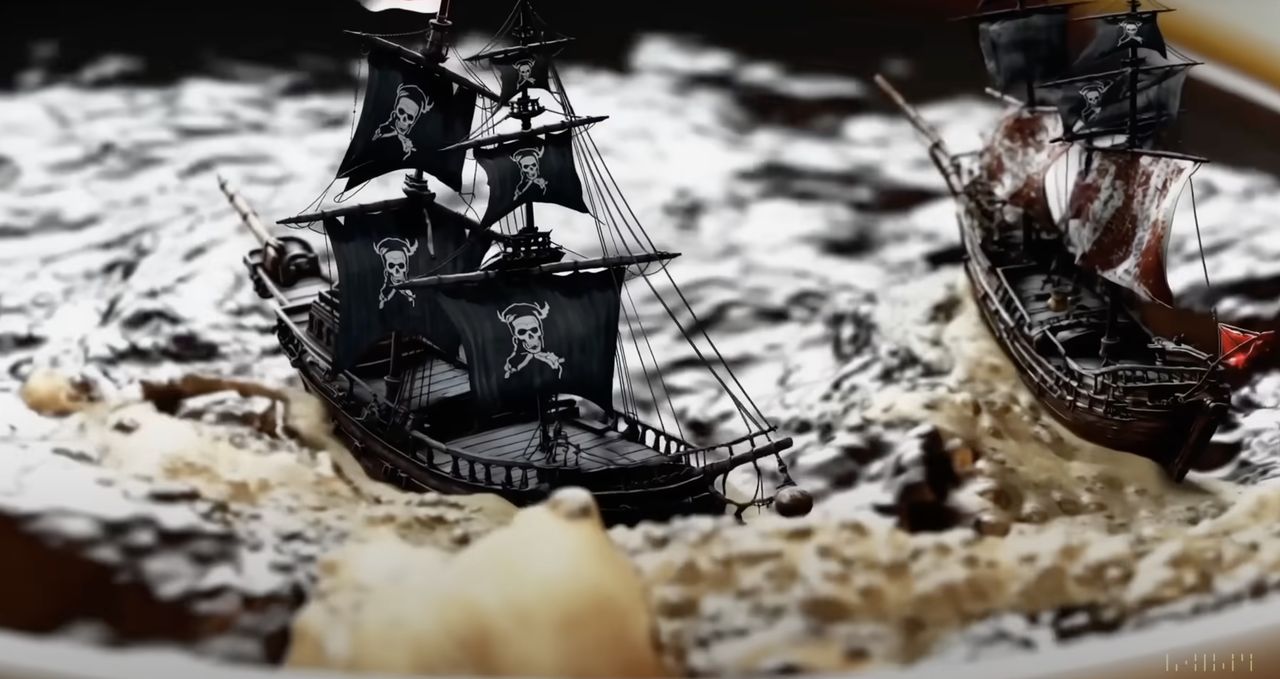
OpenAI announced something quite startling last week, and it has significant long-term implications for 3D printing and design.
What did they announce? Recall that OpenAI provides ChatGPT, which generates astonishing text responses, and DALL-E, which produces amazing images from text prompts.
Last week they announced “Sora”, a text to video solution. You enter a text prompt describing what should appear in the video, and then it is generated.
That’s a function that’s been around for a while, but there are two major differences here. But before we get into that, please take a moment to watch this series of Sora examples from OpenAI:
The differences from other text to video solutions are quite profound. You’ll first notice that the views are crisp and consistent. There are no instances of figures morphing around in the background, for example.
You may think these are cooked examples, but in a recent press conference, OpenAI took example prompts shouted from the audience and generated them in real time with similar results. It seems to work.
The second difference is more subtle, and much more important.
If you watched the video above, you’ll notice that there is plenty of motion, and that motion is all correctly implemented. It’s as if Sora somehow understands the physics of motion; that’s how it would be able to generate correct motion.
Observers have speculated that Sora may have been trained with synthetic input (that is, purposely generated video data, rather than “stuff found on the internet”). And that synthetic video data might have been generated by a gaming engine like Unreal or Unity, which can implement physics.
In other words, it’s suspected that Sora “learned” physics by repeated observations.
In the video one segment involves the fanciful prompt:
“Photorealistic closeup video of two pirate ships battling each other as they sail inside a cup of coffee.”
That’s where the image at top came from.
But get this: the fluid motion is near perfect. It wasn’t simulated: it was imagined by Sora.
Fluid motion is one of many engineering disciplines that are often used to help design 3D models for printing.
While Sora is designed for generating videos, it now seems very clear that a variation of this approach might be used to generate 3D models that implement complex mechanical designs. If an AI can be trained to visualize fluid motion, it can also be trained for a variety of engineering disciplines. It would be like generative design, except even simpler — and require far, far less compute resources.
After seeing the coffee ships battle, and thinking about it, I’m now convinced that within a couple of years or less this type of function could become available.
If this happens, then we could see an avalanche of amazing designs for many applications.
Via OpenAI
